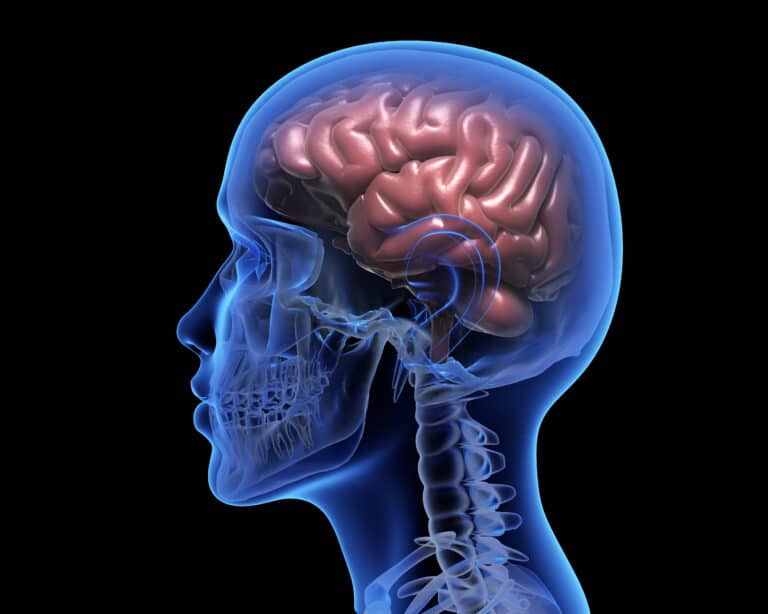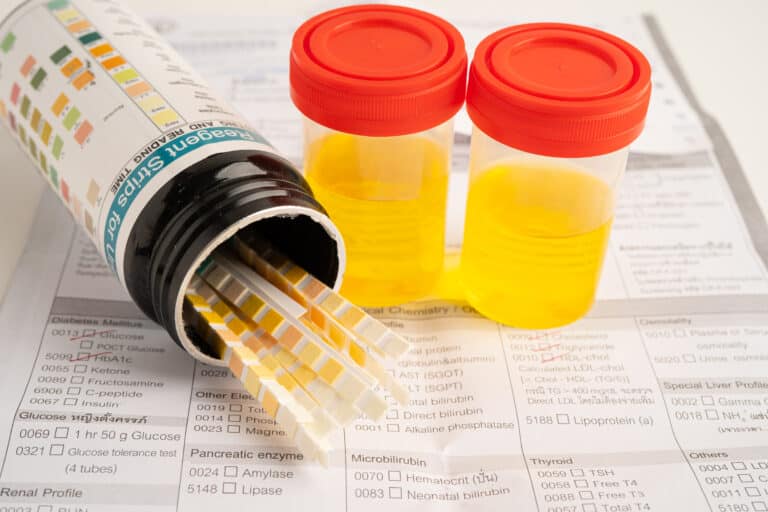An estimated 6.1 million children in the United States are diagnosed with ADHD, and according to a 2016 study, roughly 2.8 percent of adults have it.
It’s possible to live with ADHD and still be happy, healthy, and prosperous. The key is learning how your brain functions to find the right strategies to help manage the symptoms.
Each person with ADHD experiences symptoms in a unique way, so there is no one-size-fits-all answer to the question of how people with ADHD think.
However, many people with ADHD share some common characteristics. So how does a person with ADHD think, and how do they experience life compared to someone without.
This article will introduce some of these strategies and give you more insight into what it means to have ADHD.
What Is ADHD?
The term “ADHD” refers to two different but related problems: attention deficit hyperactivity disorder (ADHD) and attention deficit disorder (ADD). People with ADD do not show signs of hyperactivity or impulsiveness, while those with ADHD experience both in varying degrees.
Hyperactivity usually begins in childhood but may continue through adulthood for some people; impulsiveness often decreases as they age.
Other symptoms include:
- Difficulty paying attention
- Being easily distracted
- Difficulty controlling emotions
- Excessive physical movements
- Acting without thinking
- Fidgeting a lot
- Disorganization
- Trouble multitasking
So How Does A Person with ADHD Think?
A large majority of individuals diagnosed with ADHD have a hard time explaining to others what they are feeling. Often those with ADHD are labeled as lazy because of their inattentiveness or reckless because of their hyperactiveness.
ADHD’s way of thinking is sometimes described as curve linear. Emotions, actions, and consequences are all in the now and not thought about in the future.
People with ADHD live in the present and have difficulty learning from the past or looking into the future to see the consequences of their actions. Impulsivity is the act of acting without thinking and is one reason people with ADHD struggle to learn from their experiences.
ADHD and the Brain
Those diagnosed with ADHD experience life at a heightened intensity. The five senses and their daily thoughts are always at high volume in their day-to-day experience, so they have a low threshold for sensory input outside of their everyday experience.
Due to the high intensity of its surroundings, a nervous system with ADHD is often overwhelmed by life experiences.
ADHD cannot be diagnosed with a standard test. Neuropsychological tests are most commonly used to determine where an individual falls on a spectrum of skills and behaviors.
There can be a lot of gray areas in it, however, since it’s more of an art than a science.
Brain Structure Differences
Most recently, in 2018, research has indicated that there were definitive structural differences in a brain with ADHD.
It was reported that people with ADHD had smaller brain volumes in five subcortical areas and smaller overall brain sizes. Child cases of ADHD were more severe than adult cases.
Another finding of people with ADHD included a smaller amygdala and hippocampus. Booth these areas are responsible for processing emotions and impulsive action.
Earlier research suggested that these brain parts had nothing to do with ADHD.
Functionality of the Brain
Research has found differences in the brain from a person with ADHD without including differences in blood flow. An individual with ADHD has decreased blow flow to the brain’s prefrontal areas, thus dictating a descrease in brain activity.
The prefrontal area of the brain is responsible for many tasks such as planning, organizing, paying attention, remembering, and emotional reactions.
Evidence also shows that ADHD could be related to dysfunctional brain connectivity.
Brain Chemistry
For the brain to communicate effectively, certain neurotransmitters must fill the synapse, which is a gap between neurons.
Key neurotransmitters for ADHD include dopamine and noradrenaline. In an ADHD brain, there is too little being transferred, not enough receptors for it, or the neurotransmitters aren’t being used efficiently.
ADHD Treatment
Typical treatment for ADHD includes medication or behavioral therapy like social skills training or support groups. Common prescription medications for ADHD include stimulants, non-stimulants, and antidepressants.
Stimulants are drugs that help the individual with ADHD focus and ignore distractions. Stimulants have been used to treat ADHD for decades and have seen great success. They’ve been seen to work for 70-80% of individuals and can treat moderate to severe ADHD.
If stimulant medication does not work or cause serious side effects, non-stimulants are used to try and treat impulsivity and concentration.
Common prescription medication includes:
- Ritalin (methylphenidate)
- Focalin (dexmethylphenidate)
- Adderall (amphetamine)
- Vyvanse (lisdexamfetamine)
- Strattera (atomoxetine)
Southern California Sunrise Mental Health Is Here to Help!
If you or a loved one have ADHD, you may have realized for a while now that you aren’t like everyone else. We at Southern California Sunrise Mental Health want to help you live a happier and healthier life.
Our personalized mental health treatment programs provide you with the best in class treatment. Contact us today to learn more about how you or a loved one can treat their ADHD.






